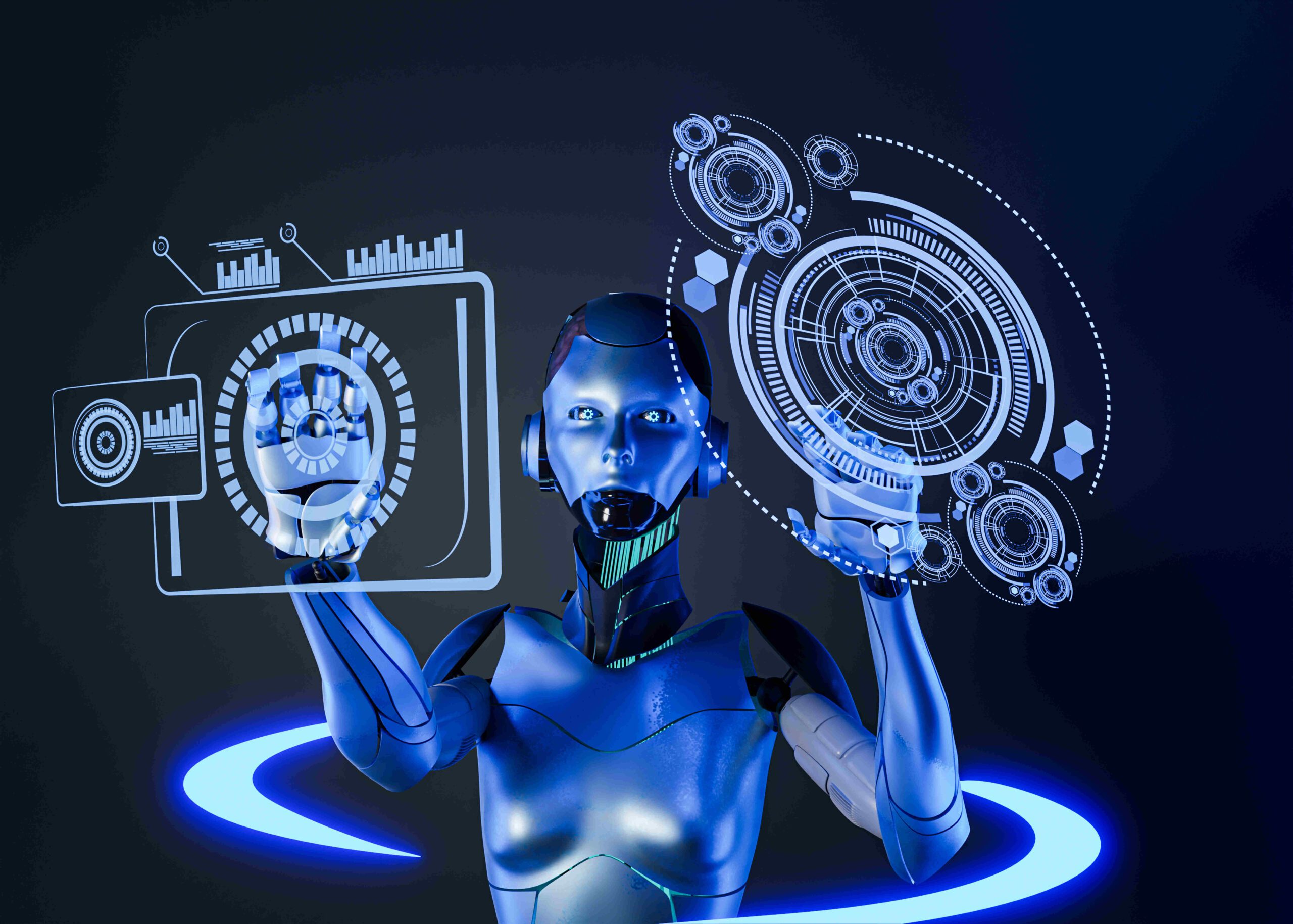Introduction to Current IT Technology Trends
Latest Current IT Technology Trends is ever changing information technology (IT). This is as a result of quick advancements in technology, leading to new trends.
Thank you for reading this post, don't forget to subscribe!From revolutionary capabilities of artificial intelligence (AI) to state-of-the-art developments in cloud computing. Digital realm becomes what can be achieved through current trends in IT. Therefore, the present deliberation is about IT technology trends that are important for businesses.
Cloud Computing: The Backbone of Modern IT
For instance, Current IT Technology Trends focuses on infrastructure and how it has changed due to cloud computing. Regardless of size, cloud computing has become a requirement for organizations because it is characterized by scalability, flexibility and cost-effectiveness.

Advantages of Cloud Computing
The way organizations and individuals store, organize, and manipulate data has been completely changed by cloud computing. Cloud computing is essentially the delivery of computing services like servers, storage, databases, networking, software and analytics over the Internet (which is known as ‘the cloud’). Modern IT infrastructure has made it a cornerstone since its inception several years ago.
Cost Efficiency
One of the key benefits of cloud computing is its cost effectiveness. In the past, businesses were forced to spend a lot on physical hardware and infrastructure. This has been greatly reduced through cloud computing. Enterprises can choose to use a pay-as-you-go model only paying for resources used which results in significant savings. It also brings down costs through using less power.
Scalability and Flexibility
Cloud computing offers unparalleled scalability and flexibility. In case of demand fluctuation firms may increase or reduce their resources quickly .Doing this assures that even at peak times when traffic spikes occur there will be no disruptions in service provision. The customized nature of cloud services enable firms tailor their solutions to suit particular demands thereby enhancing overall performance efficiency.
Accessibility and Collaboration
Cloud computing is a strong tool that can be used for accessing and sharing data worldwide. Employees can use remote applications and access data from their offices at home or from a distance, which is particularly important considering the era of teleworking in recent years. The teamwork, regardless of location, can take place efficiently with real-time collaboration tools found within cloud platforms.
Disaster Recovery and Backup
The processes of disaster recovery and backup are made easier by cloud computing. In the case of malfunctioning, automated backup solutions ensure that regular saves of information are done and it is quick to restore them back. Since information in clouds is mostly distributed across different sites, there exists redundancy.
Security
When sensitive data is being dealt with by any business entity, security becomes an issue. Security measures such as encryption, firewalls and intrusion detection systems are put in place by cloud service providers to secure data. They also handle regular software updating and patch management to keep their security protocols running efficiently. Complying with industry regulations and standards further strengthens the security features of cloud solutions.
Performance
Also, high-speed processing capabilities characterize cloud computing technology. Cloud providers balance loads using load balancing techniques that have been optimized for resource utilization ensuring smooth and efficient running of applications.
Automatic Software Updates
Service providers are responsible for software updates and maintenance in cloud computing, which means that the users are never out of touch with the newest features and security updates. This is to relieve businesses from managing updates so as to keep them focused on their core activities.
Sustainability
This technology also supports environmental friendliness. Ecologically sound data centers and efficient resource utilization contribute towards lessening the amount of carbon released into the atmosphere. Besides, by pooling together resources and optimizing energy use, cloud providers can operate more ecologically than traditional data centers do.
Innovation and Competitive Edge
The cloud allows for quick deployment of new technologies, fostering innovation. The reason behind this experimentation is that cloud offers a flexible platform for trying out something new without much risk involved. This ability to adapt fast and be innovative gives an upper hand in marketing competition.
Emerging Trends in Cloud Computing: Current IT Technology Trends

• Hybrid Cloud Adoption: Very small fee while ensuring that their private clouds retain control over their sensitive data and applications within the private clouds.
• Serverless Computing:
It is also called Function as a Service (FaaS) because, by using serverless architecture, developers can focus on writing code without worrying about managing underlying infrastructure.
Artificial Intelligence (AI) and Machine Learning (ML)
AI and ML Applications across a Range of Industries
Finance: Again, Current IT Technology Trends facilitate data-driven decision-making by financial institutions, as well as optimizing investment portfolios and enhancing client

3. Retail: It required a dynamic decision based on your own choice of development.
4. Manufacturing: Federated learning allows for decentralized device training of machine learning models that protect data privacy.
Recent Developments and Innovations: Current IT Technology Trends
1. Generative Adversarial Networks (GANs): GANs are a branch of neural nets that generate realistic synthetic data through competition between two neural networks. Image generation is one application of these networks but they also work on text-to-image synthesis and data augmentation.
2. Federated Learning: Federated learning allows machine learning models to be trained across decentralized devices while maintaining privacy of data.
3. Explainable AI (XAI): Explainable AI techniques seek to improve the transparency and interpretability of machine learning models.
4. Reinforcement Learning: By enabling predictive maintenance, quality control, and supply chain optimization, AI and ML revolutionize manufacturing processes. Also, Smart manufacturing solutions use IoT sensors.
Cybersecurity: Protecting Data in the Digital Age
This makes ML algorithms power inventory management systems, demand forecasting, and dynamic pricing strategies.

Growing Threats and Challenges: Current IT Technology Trends
Phishing: For example, Phishing still poses significant threats as human weaknesses are exploited so as gain unauthorized entry into systems and data alike.
Innovations in Cybersecurity Technologies: Current IT Technology Trends
1. Zero Trust Architecture: Zero Trust principles call for zero trust assumption whereby identity verification and authorization for accessing network resources should be continually done .This also helps in minimizing the risk of insider threat actors and lateral movement within networks.
2. Artificial Intelligence for Threat Detection: AI-based cybersecurity solutions entail machine-learning algorithms that go through large amounts of data trying to find any unusual activities which might indicate potential security breaches.
3. Blockchain Technology: Decentralized data storage is made possible through blockchain technology, which also secures sensitive information and transactions. Besides, cyber security solutions built on blockchain have higher transparency
Current Status and Limitations: Current IT Technology Trends
• Quantum Bits (Qubits): Quantum computing’s elementary units of information are referred to as qubits or quantum bits Unlike classical bits that can only have a value of 0 or 1, qubits can be simultaneously placed in many states.
• Quantum Entanglement: Furthermore, qubits can exhibit what is called quantum entanglement, where one could influence another despite being far apart. Conversely, within perfect calculations, using a single quantum computer connection via entangled calculations would result in unmatched efficiency
• Quantum Supremacy: To add to this point, “quantum supremacy” has recently been achieved, where a quantum computer was found to perform better than classical supercomputers even under their immense power.
Future Implications and Applications: Current IT Technology Trends
1. Cryptography: RSA algorithm, elliptic curve cryptography, and such cryptographic algorithms as these can be broken by quantum computers. Because the latter is capable of factoring large numbers and solving them in the best possible ways.
2. Optimization Issues: For instance, they are specifically useful in optimization problems such as those involving identifying the most efficient delivery routes for vehicles or financial portfolio optimization.
3. Drug Discovery and Material Science: Drug discovery can change completely due to the advent of quantum computing; similarly, Quantum simulations can expedite creation of new pharmaceuticals, materials, and catalysts that will revolutionize healthcare and sustainable technologies
4. Machine Learning and AI: The primary aim here is to utilize specific properties built into these machines, like pattern recognition tasks or data analysis functions, among others, to optimize quantum machine learning algorithms. This may lead to improved predictions with assistance from Quantum AI models
Discover the Latest Current Trending Technologies in the IT Industry
Moreover, we will discuss the current trending technologies that are changing the face of information technology.
Artificial Intelligence (AI)
In the IT industry, there are many talks about Artificial Intelligence (AI). Such things as AI-powered predictive analytics that run on machine learning algorithms and natural language processing systems to improve user experiences have increased a lot, making companies operate differently.
Cloud Computing
In this case, businesses can now scale resources based on need and adopt a pay-as-you-go model to cut costs, thereby leading to increased movement towards cloud operations.
Cybersecurity
As cyber threats become more sophisticated and pervasive, cybersecurity has become a top priority for organizations across industries. Hence, among these are threat detection technologies, zero-trust architectures and blockchain security solutions, which are driving forward cybersecurity innovations.
Internet of Things (IoT)
The Internet of Things (IoT) is linking up billions of devices worldwide; it’s revolutionizing everything from smart homes.
Conclusion: Embracing the Future of IT Technology
Therefore, the future of IT technology is a state of constant evolution, change, and growth of the technology in expressions that are almost beyond imagination. Given the existing trends, it can be concluded that at the dawn of a new year, brands will shift towards the integration of artificial intelligence, cloud computing, quantum computing, and blockchain technology. Adoption of these technologies is not a luxury but the norm for companies and selves who want to survive and prosper in this world that is rapidly turning into a technological capital.
The pressure is ever high due to the fast rate of innovations that appear in the market in terms of technology. Culturally organizations need to encourage innovation, train and develop its human capital, and adopt digital technologies of the future. In general, people will need to be advised on these matters and know what current trends are, and which new skills are relevant in the context of the future employment.
However, the ethical considerations and possible issues with these technologies have to be considered. That is why moving forward to IT’s future it is crucial to focus on the protection of data, cybersecurity, and the acceptable legal use of AI.
Thus, the future of IT technology is bright meaning a lot of opportunities for people, ready to enter the stage of innovative advancements. Education and acting ethical to these progress can help the world become a better place with enhanced connection and technological influence. The path is progress and yet arduous, however if certain strategies are employed the future of IT technology is look forwarded to as a light at the end of the tunnel and belief that better days are ahead.
Read More: Explore the Latest Current IT Technology Trends | Stay Updated


